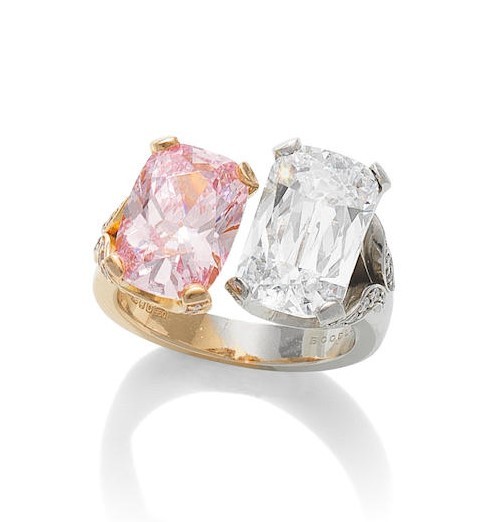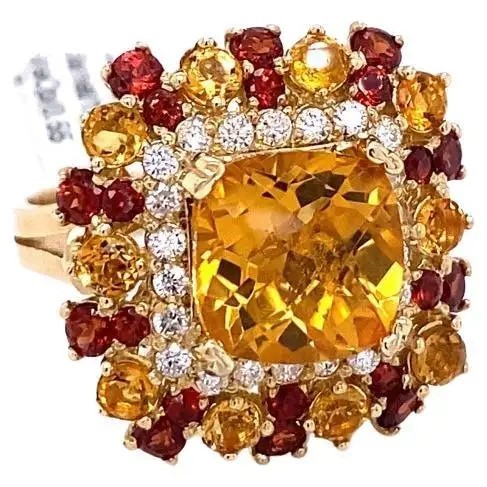Latest Posts by licornie - Page 2

Turquoise and diamond ‘Mazurka’ jewelry set, Van Cleef & Arpels, c. 1978 (at Christie’s)

'Mediterranean Reverié' Necklace by Bulgar Which Showcases A Rare 107.15 Carat Cushion-Cut Sri Lankan Sapphire
Photo: Bulgari
Source: vogue.sg

Mid-Century Brooch Designed by Jean Schlumberger and Made For Fiona Thyssen
92.00 Carat Pink Sapphire With An Abstract Floral Yellow Gold, Diamond and Sapphire Frame
Photo: Cedric Ribeiro/Getty Images For Sotheby's Dubai
Source: thecourtjeweller.com

"Plumes" Necklace Circa 1960, Designed by Jean Schlumberger and Made For Fiona Thyssen
Photo: Sotheby's
Source: thecourtjeweller.com

'Tranquil At Sunrise' Ring, A Piece In Zoya's 'Beyond--A Boundless Journey' Collection
Morganite, Emeralds and Diamonds
Source: vogue.in

'A Flush Of Evergreen' Necklace, A Piece In Zoya's 'Beyond--A Boundless Journey' Collection
Emeralds, Tourmaline and Diamonds
Source: vogue.in

'Emerald River' Necklace, A Piece In Zoya's 'Beyond--A Boundless Journey' Collection
Emeralds and Diamonds
Source: vogue.in

Sapphire and Diamond Ballerina Clip by Van Cleef & Arpels, Circa 1951
Source: jewelryconnoisseur.net







The Margrave's Opera House in Bayreuth, Germany is one of the few baroque theaters that have remained intact since its construction between 1744 and 1748. It has been a UNESCO World Heritage Site since 2012.




Staglieno, Genoa, Italy one of the most important cemeteries in Europe, is full of amazing emotions about death captured in stone.










The Veiled Christ, perhaps the most beautiful recumbent sculpture of Jesus in the world. When you enter the Sansevero Chapel, in Naples you do not remain indifferent. Ordered to be built in the 16th century by Duke Francesco di Sangro, as a thank you to the Virgin Mary for curing her illness, it brings together extremely beautiful works inside. Dated in 1753, it represents the dead Jesus Christ, lying down with a thin veil that covers his body. The work belongs to the artist Giuseppe Sanmartino, famous for giving the stone the appearance of transparent fabric. The sculpture shows us, through the veil, the marks on the body and the peaceful face after suffering, the pain suffered by Christ before and during his sacrifice, as well as the objects used for punishment: nails, the crown of thorns and the tweezers. If you continue walking through the chapel you will see "La Modestia" or "Veiled Truth", by Antonio Corradini, made in 1752 as a funerary monument dedicated to Águila Cecilia Gaetani d'Aragona, mother of the author of the chapel. Her body is covered by a translucent fabric of impeccable workmanship.Or the marvelous technical expertise taken to the sublime in “El desengaño” by the Italian Francesco Queirolo, made in 1753/54. Let's look at the mastery of the encircling net, which symbolizes the sin from which the fisherman casts off.









































